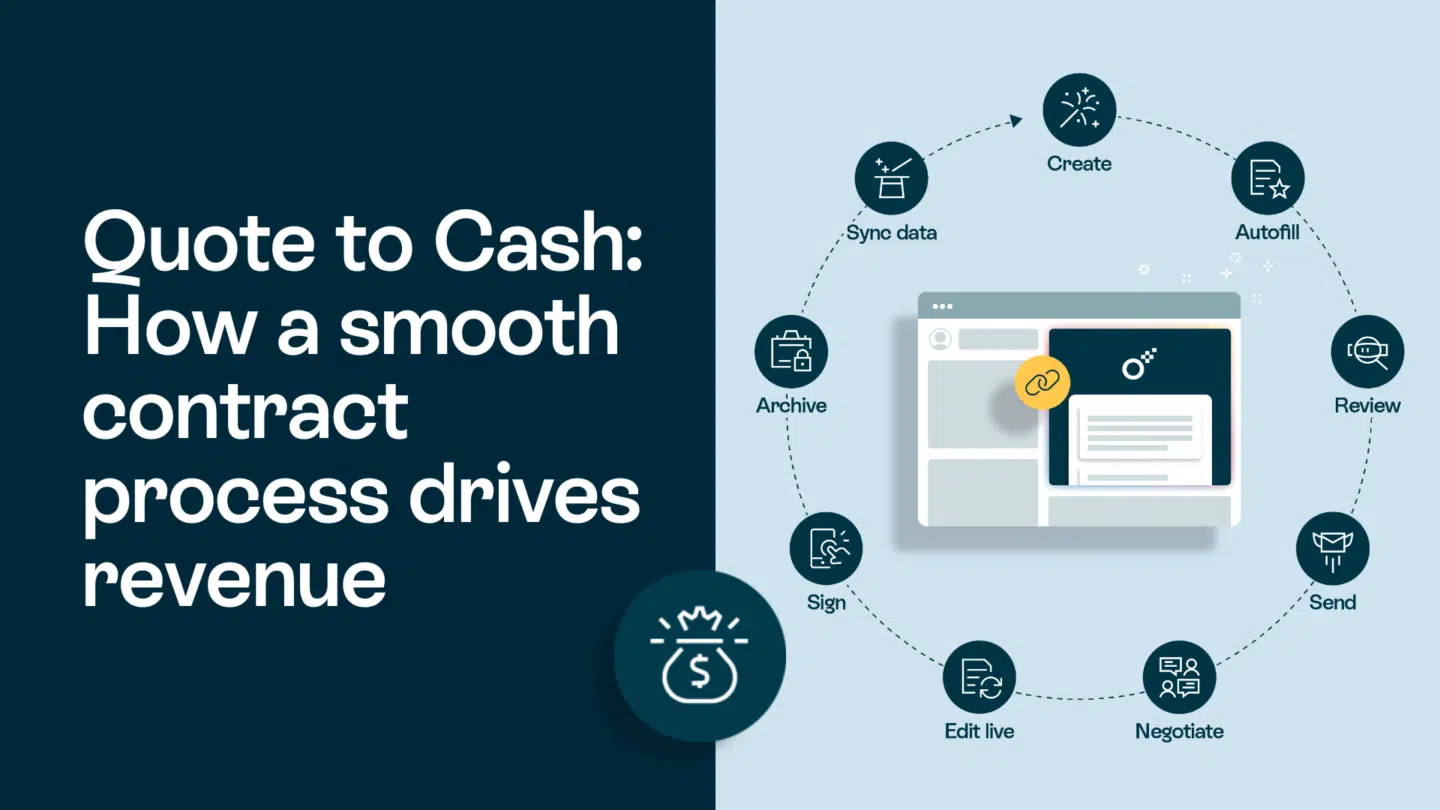Remote selling has become increasingly popular in recent years, especially with the rise of technology and the need for businesses to adapt to changing circumstances. Whether you are an experienced salesperson or just starting out, understanding the basics of remote selling is crucial to your success. In this article, we will explore five tips that will help you excel in remote selling and achieve your sales goals.
Understanding the basics of remote selling
The rise of remote selling
The emergence of remote selling can be attributed to the advancements in technology and the shift towards a more digitally connected world. With the rise of the internet, sales professionals are now able to connect with customers from anywhere in the world, breaking down geographical barriers and opening up opportunities for businesses to reach a broader audience.
Moreover, the global pandemic of COVID-19 has accelerated the adoption of remote selling practices across industries. Companies have had to quickly pivot to virtual sales strategies to continue engaging with customers in a time when physical interactions are limited. This rapid shift has highlighted the importance of leveraging technology to maintain business continuity and drive sales in a remote setting.
Read also: Flow through the sales cycle

Key differences between traditional and remote selling
While there are similarities between traditional and remote selling, it is essential to recognize and adapt to the key differences. In remote selling, there is a greater emphasis on effective communication through various digital channels, such as video conferencing, email, and social media. Building trust and rapport with customers remotely requires a different approach compared to face-to-face interactions.
Furthermore, remote selling requires sales professionals to be adept at utilizing data analytics and customer relationship management (CRM) tools to personalize their interactions with clients. Understanding customer behavior through data insights and tailoring sales pitches accordingly can significantly enhance the success rate of remote sales efforts. This data-driven approach sets remote selling apart from traditional methods and underscores the importance of leveraging technology for targeted and efficient sales strategies.
Preparing for remote selling
Essential tools for remote selling
To succeed in remote selling, you need to equip yourself with the right tools. Invest in a reliable internet connection, a high-quality webcam, and a noise-canceling headset. These tools will help you create a professional and uninterrupted communication experience with your prospects and customers.
Additionally, consider using a virtual background to enhance your video calls. A branded virtual background can add a touch of professionalism to your remote sales meetings, making you stand out and leaving a lasting impression on your clients.
Setting up your remote sales environment
Your sales environment plays a vital role in your success as a remote seller. Create a dedicated workspace that is free from distractions, has good lighting, and projects a professional image. This will help you maintain focus and provide a positive impression to your customers during video calls or virtual meetings.
Furthermore, personalize your workspace with elements that reflect your brand identity. This could include incorporating your company’s colors, logo, or even some relevant industry awards or certificates in the background of your video calls. Such attention to detail can help build credibility and trust with your clients, showcasing your commitment to professionalism.
Read also: A basic guide on electronic signatures and what makes them legal

Mastering communication in remote selling
Effective communication techniques
In remote selling, clear and concise communication is key. Practice active listening and ask probing questions to understand your customers’ needs and tailor your pitch accordingly. Use visual aids, such as slide presentations or product demos, to enhance your communication and keep your audience engaged.
Furthermore, establishing a personal connection with your customers is crucial in remote selling. Take the time to build rapport and show genuine interest in their needs and preferences. This human touch can help foster trust and loyalty, leading to stronger long-term relationships.
Overcoming communication challenges in remote selling
Remote selling can present unique communication challenges, such as technological glitches or misinterpretation of messages. Be proactive in addressing these challenges by anticipating potential issues and having backup plans in place. Maintain regular communication with your customers to ensure that any concerns or questions are addressed promptly.
Moreover, adapting your communication style to different customer preferences can help overcome barriers in remote selling. Some customers may prefer detailed emails, while others may respond better to video calls or instant messaging. By understanding and accommodating these preferences, you can improve communication effectiveness and strengthen customer relationships.
Building trust and relationships remotely
The importance of trust in remote selling
Building trust is crucial in remote selling since you are not physically present to establish a personal connection. Demonstrate your expertise and credibility by providing valuable insights and solutions to your customers’ problems. Be reliable and follow through with your commitments to build trust and credibility over time.
In the digital landscape of remote selling, trust serves as the cornerstone of successful transactions. Without the ability to meet face-to-face, establishing trust through consistent communication and reliable service is paramount. By showcasing your knowledge and integrity in every interaction, you can bridge the physical gap and create a strong foundation for lasting relationships.
Strategies for building strong customer relationships
Establishing and maintaining strong customer relationships is essential for long-term success in remote selling. Regularly check in with your customers, provide excellent customer service, and personalize your interactions. Use customer relationship management (CRM) tools to keep track of customer preferences and past conversations, enabling you to offer personalized solutions.
Moreover, nurturing customer relationships goes beyond just making a sale; it involves understanding their unique needs and preferences. By actively listening to their feedback and adapting your approach accordingly, you can tailor your solutions to meet their evolving requirements. This proactive approach not only strengthens customer loyalty but also positions you as a trusted advisor in the remote selling landscape.
Read also: Oneflow: Maximizing electronic signatures for Salesforce

Closing the deal: Remote selling techniques
Remote selling tactics that work
When it comes to closing a deal remotely, it is important to leverage digital tools to your advantage. Offer virtual demonstrations, provide customer testimonials, and highlight the unique benefits of your product or service. Create a sense of urgency by setting clear deadlines and offering limited-time promotions to encourage prospects to make a decision.
Moreover, in the realm of remote selling, personalization is key. Tailoring your approach to each individual prospect can significantly increase your chances of success. Utilize customer data and insights to customize your pitch and address specific pain points or needs, demonstrating that you understand and value their unique circumstances.
Overcoming objections in remote selling
Objections are a natural part of the sales process, even in remote selling. Anticipate common objections and prepare persuasive responses in advance. Use storytelling techniques to overcome objections and showcase how your product or service has benefited other customers in similar situations.
Furthermore, building rapport and establishing a connection with your prospect is crucial in remote selling. Take the time to actively listen to their concerns and engage in meaningful conversations that go beyond the transactional nature of the sale. By fostering a relationship based on trust and understanding, you can increase customer loyalty and enhance the overall sales experience.
The key takeaways
IRemote selling presents unique opportunities and challenges for sales professionals. By understanding the basics of remote selling, preparing appropriately, mastering communication techniques, building trust, and employing effective remote selling tactics, you can achieve success in this increasingly digital business landscape. Embrace the power of remote selling to expand your reach, connect with customers worldwide, and achieve your sales goals.







